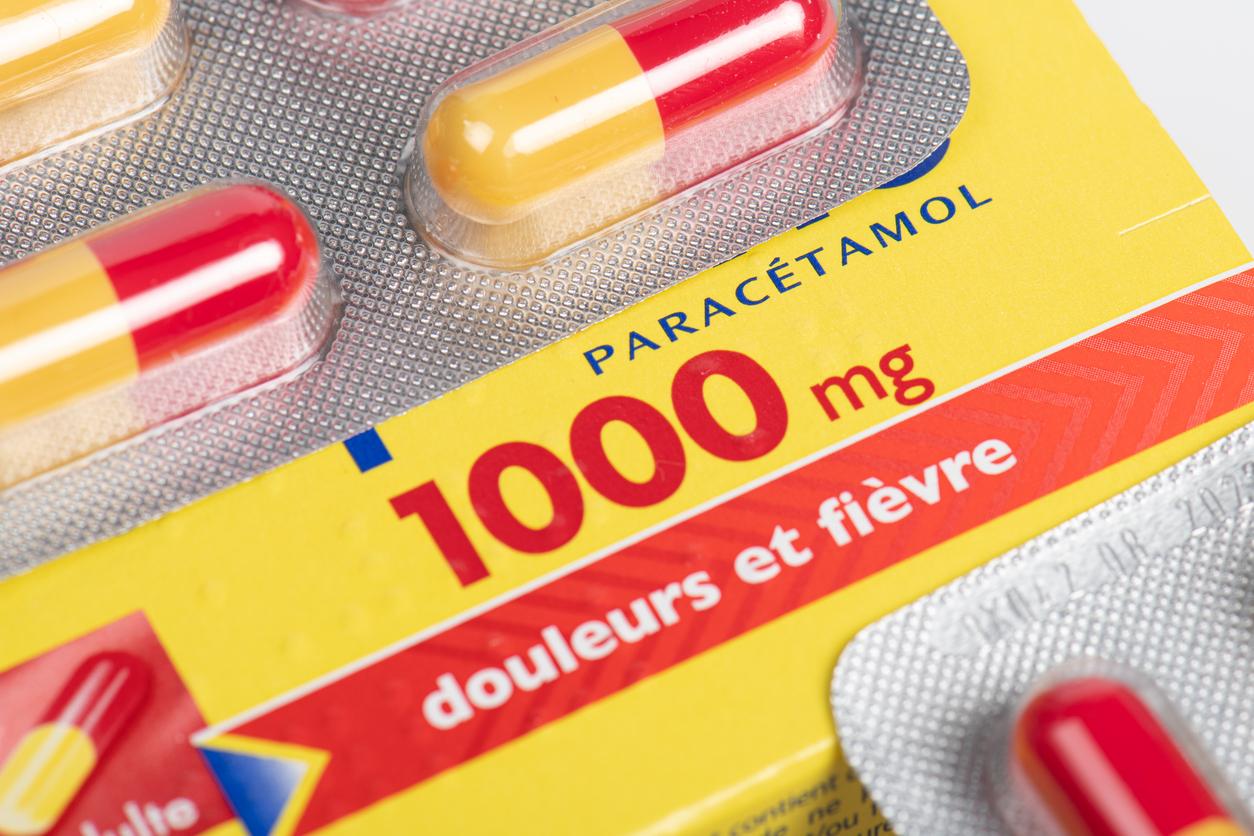The opioid crisis, long considered a primarily North American problem, has spread to other regions of the world, including France. Opioid overconsumption and addiction now represent a global health emergency. Faced with this alarming situation, new strategies are being implemented to combat this scourge, and therapeutic alternatives are developing.

The origins of the opioid crisis date back to the 1990s in the United States, where massive and often inappropriate prescription of opioid painkillers led to a wave of addictions and overdoses. Since then, this crisis has spread, affecting other countries, including Canada, the United Kingdom and, more recently, France. Although the scale of the problem is less dramatic in France than on the North American continent, the increase in opioid prescriptions in recent years has worried health authorities.
In France, opioid use increased by 150% between 2006 and 2017, largely due to the prescription of drugs such as oxycodone and tramadol. This increase was accompanied by an increase in cases of addiction and overdoses related to these substances. Opioids, while essential drugs for the management of acute or chronic pain, have become a source of major risk when misused.
Internationally, countries such as Australia and Germany are also seeing similar trends, with opioid use on the rise and health consequences of the rise. In the face of this global crisis, governments and health organizations are mobilizing to implement harm reduction and addiction management strategies.
New strategies to combat overconsumption and addictions
To counter the opioid crisis, various strategies have been adopted, aimed at reducing overconsumption and treating addictions. In France, the implementation of the “National Health Strategy 2018-2022” included specific measures to regulate the prescription of opioids. This includes raising awareness among health professionals of the risks associated with opioids, and promoting reasoned prescribing, with a preference for non-opioid alternatives when possible.
The use of opioid monitoring and alert programs has also been strengthened. These systems make it possible to identify inappropriate or excessive prescribing behaviors and to intervene quickly to prevent the escalation of risky situations. Access to substitution treatments, such as methadone or buprenorphine, has been expanded for people already dependent, in order to reduce the risks of overdose and facilitate withdrawal.
Internationally, countries such as the United States have implemented massive awareness campaigns to alert the population to the dangers of opioids. Initiatives such as the distribution of naloxone, an antidote for opioid overdoses, have also become commonplace. Naloxone is now available without a prescription in several countries, allowing for rapid intervention in the event of an overdose, saving lives.
Therapeutic alternatives and the importance of prevention
In the face of the opioid crisis, exploring therapeutic alternatives for pain management has become a priority. Non-opioid treatments, such as nonsteroidal anti-inflammatory drugs (NSAIDs), anticonvulsants, and antidepressants, are increasingly used to treat chronic pain. Nonpharmacologic therapies, such as physical therapy, acupuncture, or behavioral therapy, also offer effective and non-addictive options for pain management.
Research into cannabinoid-based treatments, such as CBD, is also booming, although more studies are needed to confirm their effectiveness and safety as alternatives to opioids. Additionally, transcutaneous electrical nerve stimulation (TENS) and other emerging technologies are being explored as ways to relieve pain without resorting to addictive medications.
Prevention, however, remains the cornerstone of combating the opioid crisis. Educating patients about the risks associated with opioid use, including the potential for addiction and the dangers of overdose, is crucial. Health care professionals also need to be trained to spot the signs of addiction and take a more cautious approach when prescribing opioids.
In France, awareness campaigns have been launched to inform the general public and health professionals about the dangers of opioids and the available alternatives. School curricula are also beginning to integrate modules on the risks associated with drugs, including opioids, to raise awareness among young people from a very young age.
The opioid crisis is a global public health problem that cannot be ignored. In France, as in other countries, the response to this crisis involves a combination of strategies aimed at regulating prescriptions, offering therapeutic alternatives, and strengthening prevention and education. The solutions to this crisis must be comprehensive, integrating harm reduction, addiction management, and ongoing research into new therapeutic approaches. Only a concerted and proactive approach will prevent new waves of addiction and overdoses.
Key steps to combat the opioid crisis:
• Supervised Prescription: Raising awareness among healthcare professionals of the risks of opioids and promoting reasoned prescribing.
• Substitution Treatments: Expanded access to methadone and buprenorphine for dependent people.
• Therapeutic Alternatives: Increased use of NSAIDs, non-pharmacological therapies, and cannabinoids for pain management.
• Prevention and Education: Awareness campaigns and school programs to inform about the dangers of opioids.

















